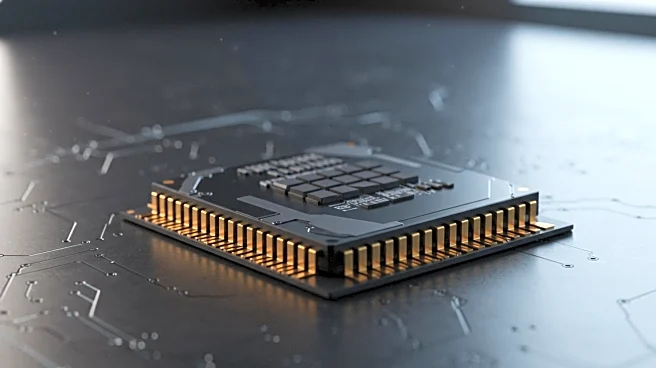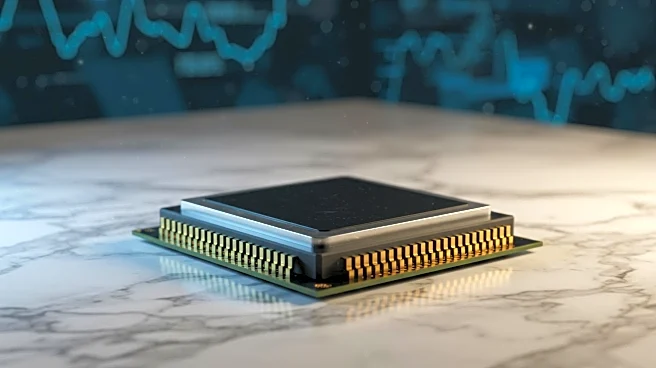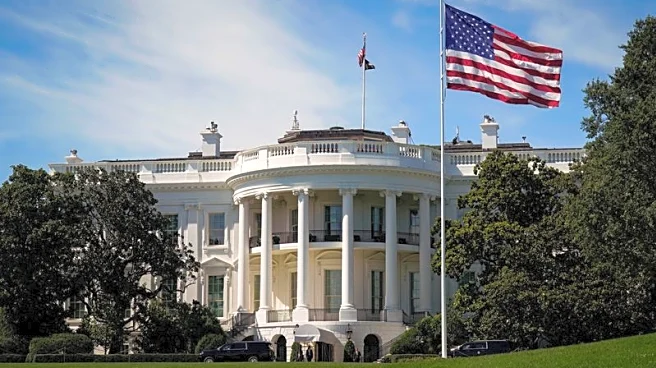What's Happening?
The Trump administration has announced a significant investment in Intel, taking a 10% stake in the company. However, this investment is not from new funds but from previously awarded grants under the Biden administration's CHIPS Act and Secure Enclave program. The $8.9 billion investment is derived from $5.7 billion and $3.2 billion in grants that were awarded but not yet paid. President Trump has been critical of the CHIPS Act, yet he described the deal as beneficial for both the U.S. and Intel. The investment is structured as a passive stake, with no board seats or governance rights for the government.
Why It's Important?
This development underscores the complexities of government involvement in private sector investments, particularly in the tech industry. The use of existing grants rather than new funding raises questions about the legal and financial implications of such a move. The investment aims to bolster Intel's position in the semiconductor market, which is crucial for U.S. technological and manufacturing leadership. However, the potential legal challenges regarding the conversion of grants to equity could impact the stability and future of such government interventions in the tech sector.
Beyond the Headlines
The decision to use existing grants for this investment highlights the ongoing debate over the role of government in supporting domestic industries. It also reflects broader geopolitical considerations, as the U.S. seeks to strengthen its semiconductor capabilities amid global competition. The passive nature of the investment suggests a strategic approach to influence without direct control, which could set a precedent for future government-industry collaborations.












